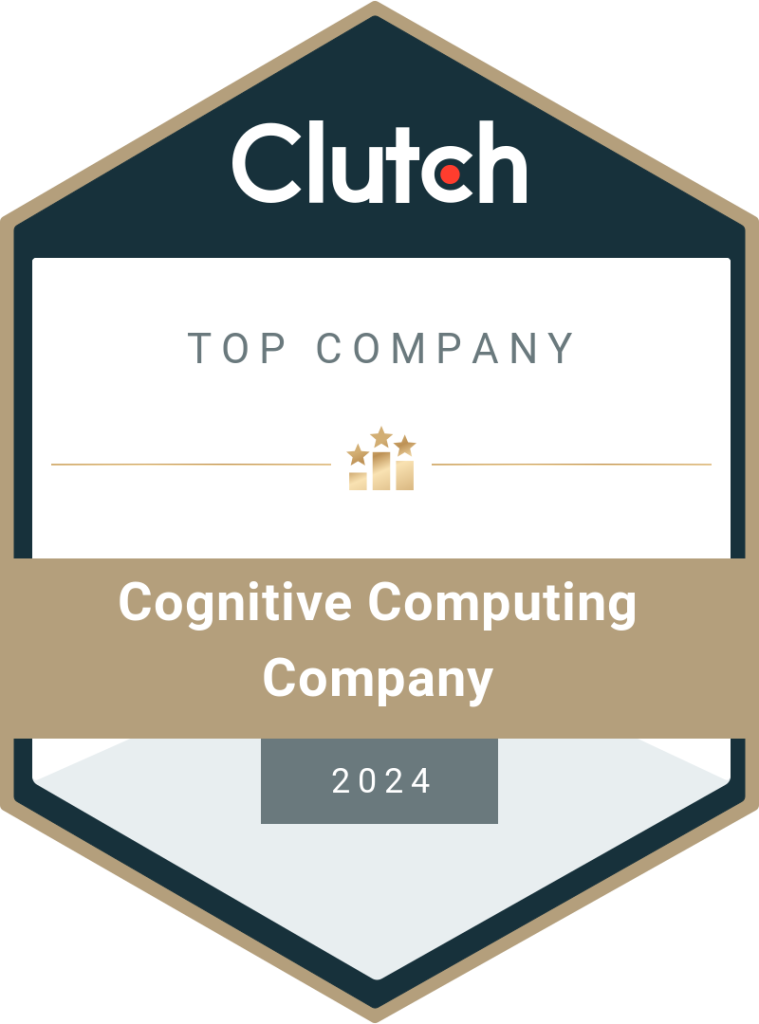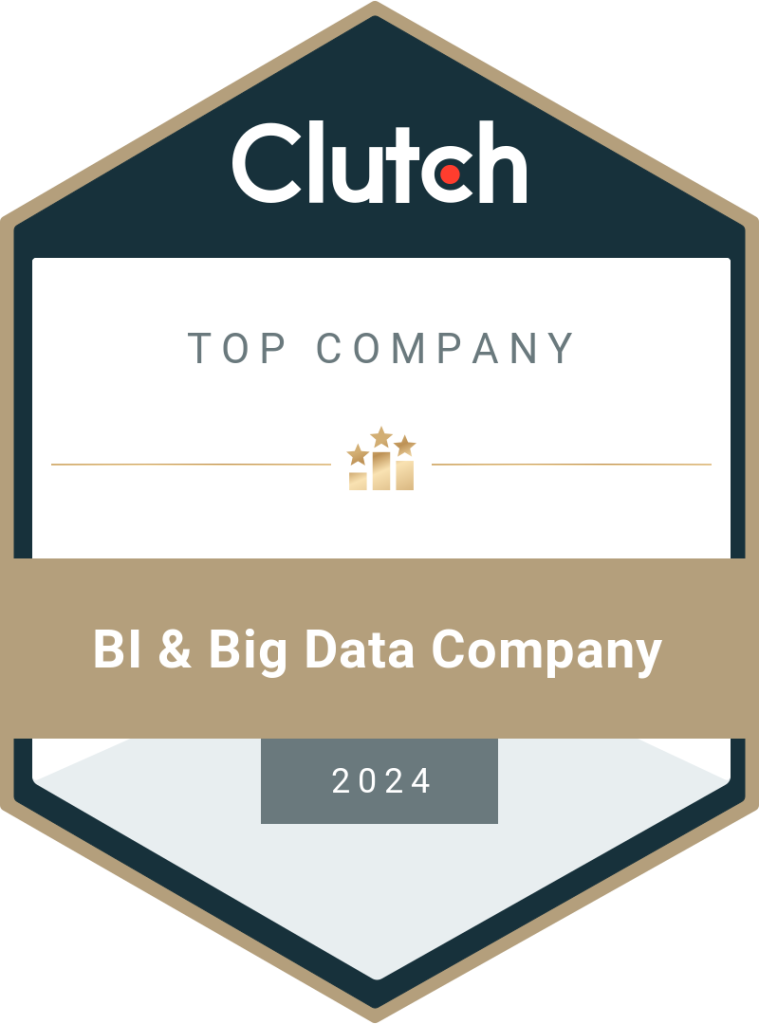AI as a Service Companies in Manufacturing – 10 Top Players
Industry 4.0 and smart manufacturing are not possible with artificial intelligence. AI offers numerous benefits for manufacturers. Here, we’ll discuss the top ten AI as a Service companies in the manufacturing industry and the benefits of using AI in enterprises. With artificial intelligence becoming a part of every industry, it’s no surprise that it has a vital role in manufacturing. According to Meticulous Research, AI in manufacturing market is predicted to reach $84.5 billion by 2031 with a CAGR (compound annual growth rate) of 32.6% between 2024 and 2031. Meanwhile, the global AI market is estimated to be $1,811.8 billion by 2030. Additionally, technological advancements have led to AI being offered as a cloud service. This is popularly known as AI as a Service (AIaaS). While Microsoft, Google, and Amazon (AWS) have the largest market share in this sector, many third-party companies offer AI as a service to manufacturers from different niches (automotive, aerospace, electrical, chemical, etc.). Partnering with the right AI product development company helps an enterprise seamlessly adopt smart manufacturing practices and gain an edge in competitive markets. In this blog, we’ll read more about the role of artificial intelligence in manufacturing and the top ten companies offering AIaaS solutions to manufacturers. How Does AI as a Service Bring Efficiency in Manufacturing? The application of AI in manufacturing is diverse, varied, and innovative. Artificial intelligence can improve efficiency in manufacturing by automating repetitive tasks, enhancing quality control standards, shortening the production cycle, increasing supply chain visibility, reducing resource consumption, and making it easier to scale production according to market demand. AI can also make enterprises energy-efficient by identifying areas to reduce wastage. Data-driven decision-making based on insights derived from advanced analytics helps the top management navigate the complex and volatile markets in different countries. Manufacturers don’t have to build the AI models from scratch or spend millions of dollars on developing applications in-house. AIaaS companies offer access to advanced tools and technology through cloud systems. Enterprises can migrate their processes to cloud servers and rely on the cloud IT infrastructure to streamline their internal operations. AIaaS is a cost-effective alternative for manufacturing businesses to adopt artificial intelligence. So, what companies are providing AI services? Let’s check them out below! 10 Top Players Offering AI as a Service in Manufacturing DataToBiz DataToBiz is an AI-as-a-service company offering AI, ML, BI, data engineering, and cloud transformation solutions to MSMEs, SMBs, startups, and large enterprises. It has a strong presence in manufacturing, supply chain, transportation, and several other industries. The company’s tailored services for AI in manufacturing can help with strategy creation, product design and development, streamlining the supply chain, integrating cloud systems, connecting with IoT (Internet of Things) devices, setting up personalized dashboards, and aligning business processes with long-term objectives. The company follows a six-step approach to increase flexibility, scalability, and sustainability for clients. DataToBiz has won several awards for providing customer-centric end-to-end AI services to manufacturers from different parts of the world. Glassdoor Rating: 4.8 Stars IBM IBM is a popular multinational company offering AI consulting services for small, medium, and large enterprises from manufacturing, IT, and other industries. The company combines AI and hybrid technologies to help enterprises become more agile and scalable. IBM Watson’s platform is customized and deployed in manufacturing units to help clients unlock the true potential of business data and make data-driven decisions. It empowers businesses to become more aware of the market threats and opportunities. Additionally, IBM has many tools like Cloud Pak, Maximo, Supply Chain Intelligence Suite, etc., which can be integrated with the existing processes to deliver actionable insights and streamline internal operations in an enterprise. The company assists clients in turning sustainability goals into tangible actions. Glassdoor Rating: 4.0 Stars Siemens Siemens is a global service provider with a presence in manufacturing, automotive, telecommunications, and other industries. The company has developed industrial AI solutions for large enterprises to adopt advanced technologies into their business. It is one of the leading examples of companies that offer AI as a service to clients from various regions. The AI services empower enterprises to standardize their processes, integrate machine learning algorithms, and streamline data and security requirements. The company develops a comprehensive AI framework for manufacturers to begin their Industry 4.0 journey and embrace smart manufacturing. Siemens follows a closed-loop model which includes all steps from planning to upgrading. The cycle is continuous and always active so that manufacturers can achieve their goals. Glassdoor Rating: 4.2 Stars C3.AI C3.ai is an enterprise AI service provider accelerating digital transformation in industries like manufacturing, defense, transportation, oil & gas, etc. The company’s AI development services address the key roadblocks and challenges in the manufacturing industry and help enterprises overcome the issues to become successful. Its C3 AI platform can be integrated with third-party apps to help manufacturers collect data from multiple sources, analyze the datasets, and derive meaningful insights for effective decision-making. The company offers extra tools for inventory optimization, supply chain risk assessment, transportation management, and more. The enterprise AI platform is 25 times faster and just as easy to use. From energy management to CRM, manufacturers can enhance all their operations by partnering with C3.ai. Glassdoor Rating: 3.3 Stars GE Vernova GE (General Electric) is a group of companies catering to the diverse needs of enterprises in the manufacturing, aerospace, and healthcare industries. GE Vernova is an AI platform developed for manufacturers to streamline their energy consumption and become a sustainable business. It focuses on ESG reporting and helps enterprises accelerate their adoption of reliable, sustainable, and affordable energy while enhancing customer experience and improving the quality of life for employees. The platform’s focus is on reducing the carbon intensity of the enterprises without compromising their access to advanced technology like, AI, ML, business intelligence, etc. GE works to empower the next generation of manufacturers to dream bigger, better, and bolder. The company has over 130 years of experience in the market. Glassdoor Rating: 4.0 Stars Rockwell Automation Rockwell Automation offers AI as
Read More





